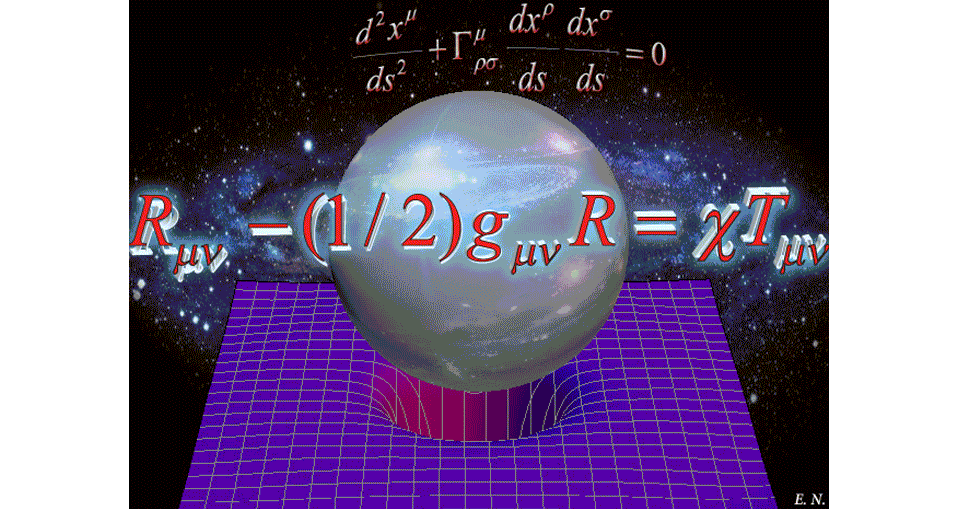The biblical story of a figure such as Moses evidently contains allegorical, metaphorical and supernatural elements. It reflects the worldview, the ideas, the environment and the mentality of the authors who composed or wrote that narrative, it was embellished, dramatized, modified and perhaps exaggerated with the passing of time. But this doesn’t mean that the biblical characters in these stories or tales are to be completely dismissed as fictional, since they were ultimately rooted in history.
There are atheists who get carried away sometimes by what could be described as their extreme convictions or opinions, and tend to erroneously, hastily or excessively deny many things and (ancient) historical figures, including the existence of biblical characters such as Moses, which is a counterproductive and unhelpful position.
One could be nonreligious, agnostic or atheist, one could have a scientific or rational outlook or way of thinking, and at the same time accept or recognize the historical existence of biblical characters and events. This approach also applies to other ancient stories and narratives.
This point of view is applicable or relevant to many important biblical figures, as well as to the main ancient gods and goddesses (of the Greeks, Egyptians, and others). Beneath the embellished narratives, the modifications, the layers of legends and supernatural, metaphorical or mythological elements, there existed a real historical basis, a real historical origin, real historical persons, and real historical events. In contrast to the generally polytheistic interpretations provided in the stories of the ancient gods and deities, the stories of the significant ancient biblical characters and patriarchs were mostly geared towards monotheism.
Archeological evidence is important and useful, but this type of evidence is not always obtainable. If direct archeological findings in relation to ancient or very ancient persons or events are not available, are misinterpreted or are incomplete, that doesn’t necessarily mean or show that these persons or events did not exist. Other methods like the analysis and comparison of historical events, the study and comparison of ancient texts, philology, and so on, can be helpful.
Moses for example was mentioned outside the Bible by several writers and authors during the first few centuries before and after the beginning of the Christian or Common Era, such as Artapanus of Alexandria, Strabo, Tacitus, and Josephus.
Considering briefly another early important biblical figure, the biblical story of Noah contains also many metaphorical, symbolic, supernatural, embellished or exaggerated elements. The details of the story of the ship, of the flood (it could have been realistically a local flood), of the people, animals or passengers on the ship and of the man who steered that ship were transmitted and were mentioned with modifications and variations in various ancient and earlier cultures. Taking all these remarks, reservations or provisions into account, the story of the man named Noah in the Bible was also very plausibly rooted in history.
